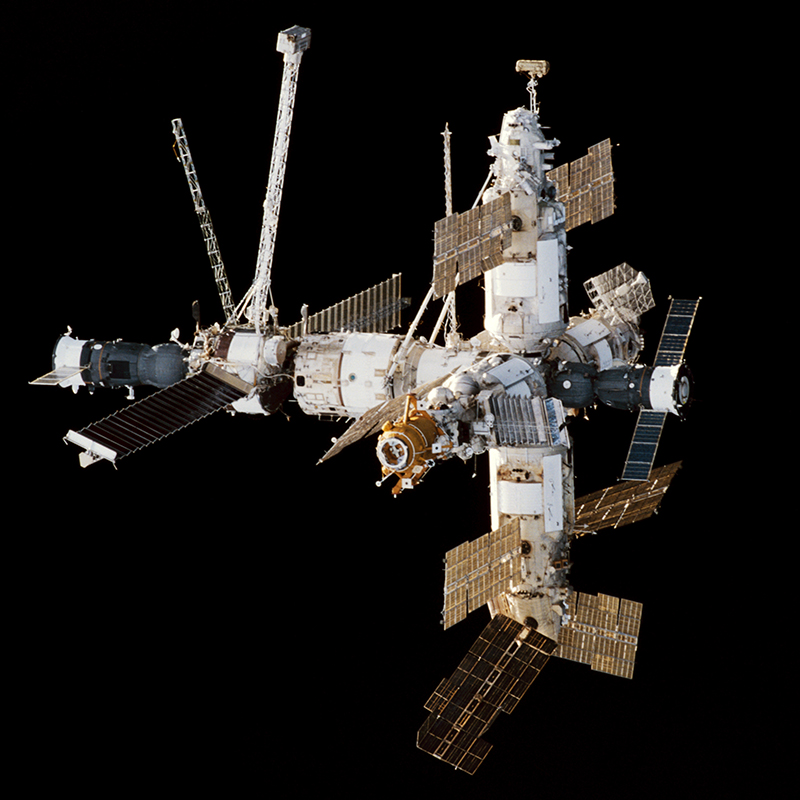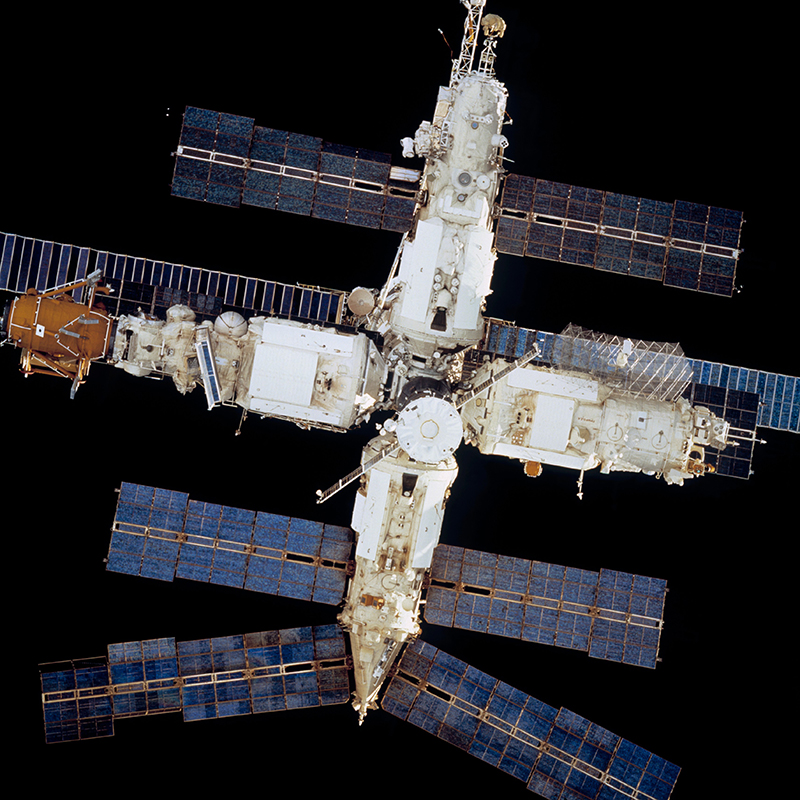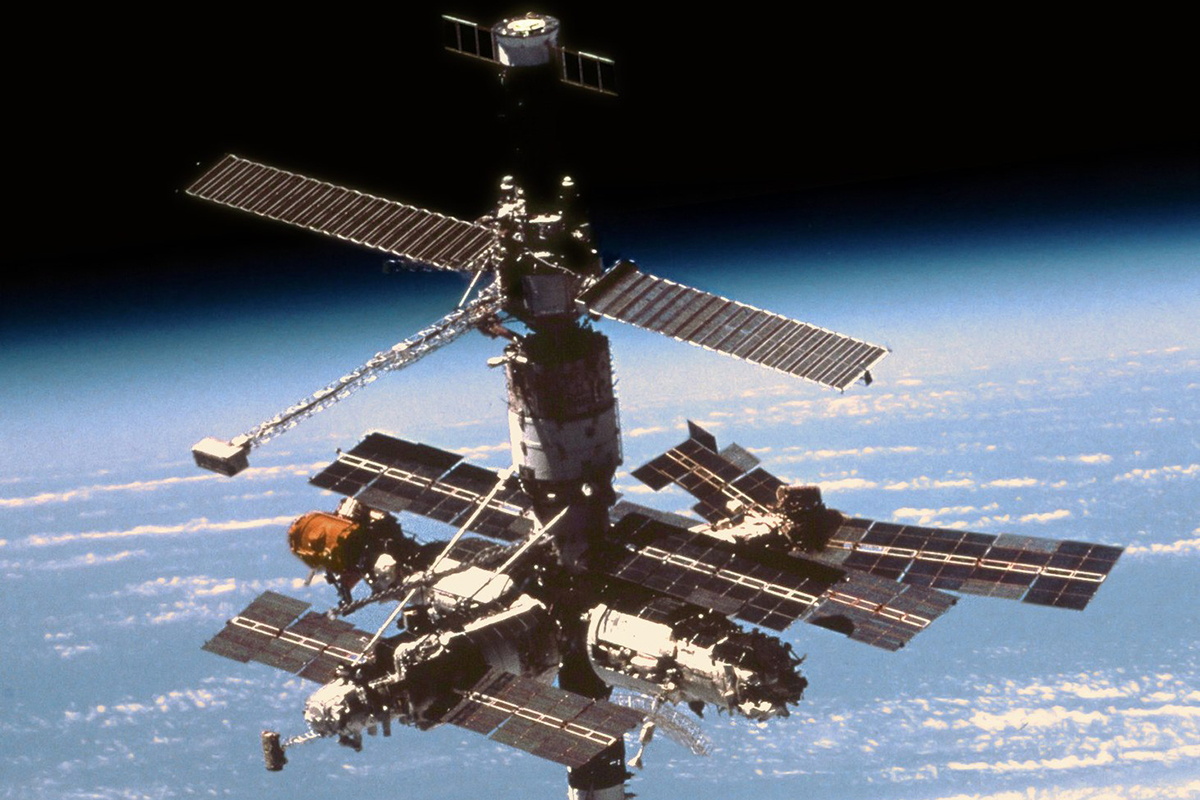 After the launches of artificial satellites, the tests made for man to travel to space and the arrival on the Moon, scientists had a new ambition: the creation of a permanent house in space. Since then, efforts have focused on putting large structures into orbit that would house a considerable number of human beings and allow experimentation in all types of disciplines.
After the launches of artificial satellites, the tests made for man to travel to space and the arrival on the Moon, scientists had a new ambition: the creation of a permanent house in space. Since then, efforts have focused on putting large structures into orbit that would house a considerable number of human beings and allow experimentation in all types of disciplines.
This is how space stations are born: ships much larger than normal ones, located in a low orbit, between 200 and 300 kilometers above the Earth, and which allow astronauts and cosmonauts to live in them for a long time. This is the case of the MIR, a then Soviet station that began its journey on February 20, 1986. First, the Core module - the trunk - was launched from which all the devices that would form it would be articulated. It was 160 million horsepower headed to space.
Due to its enormous size, it was impossible to send it complete from Earth, so it had to be gradually assembled in space through successive trips between 1986 and 1990. The Lego giant that under normal conditions moves at a speed of 27 thousand km /h around the Earth, it has the size of a 10-story building and weighs 136 tons. During the time of the MIR's existence, 104 cosmonauts and astronauts from more than a dozen countries were on the Russian station, who carried out thousands of scientific experiments.
The end of the MIR Station
 Currently, the MIR no longer exists, since its remains disintegrated successfully in a re-entry mission, in the early morning of March 23, 2001, where the unconsumed remains ended up in the waters of the South Pacific.
Currently, the MIR no longer exists, since its remains disintegrated successfully in a re-entry mission, in the early morning of March 23, 2001, where the unconsumed remains ended up in the waters of the South Pacific.
As solar activity and other atmospheric factors change daily, decay parameters were believed to vary within hours; But the fall of the MIR turned out to be a complete success and a historic event in astronautics. The MIR was built for a useful life of 3 years, however, it achieved 15 in space.
Since then, the Russian government considered its dismantling, due to the high maintenance cost and because since 1997 it has been involved in several incidents, including a fire and collision with a cargo ship.


